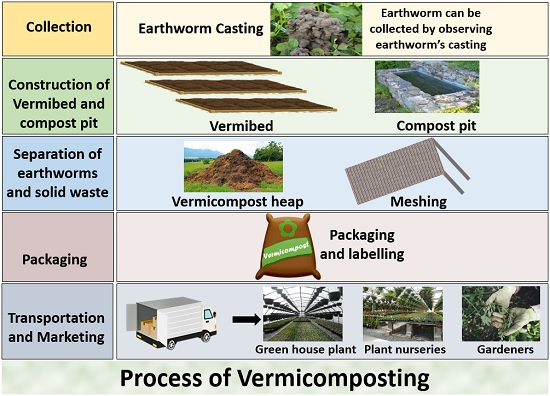How to Build a DIY Worm Composting Bin

Are you tired of throwing away organic waste and want to turn it into nutrient-rich compost for your garden? Vermicomposting, or worm composting, is an eco-friendly and efficient way to manage your kitchen scraps. Imagine transforming your leftovers into a rich, natural fertilizer that your plants will love. In this comprehensive guide, we'll walk you through the steps to build your own DIY worm composting bin, ensuring you have a homemade compost system that's both effective and easy to maintain.
Why Vermicomposting?
Vermicomposting is not just a trend; it's a sustainable practice that benefits both your garden and the environment. Worms break down organic waste into a nutrient-dense material called vermicompost, which is excellent for improving soil health and plant growth. By creating your own worm bin, you're taking a significant step towards reducing waste and promoting a greener lifestyle.
Materials Needed
Before we dive into the construction process, let's gather the necessary materials:
- Two plastic storage bins (one with a lid)
- Drill with a 1/4-inch bit
- Shredded newspaper or cardboard
- A handful of red wiggler worms (Eisenia fetida)
- Organic waste (fruit and vegetable scraps, coffee grounds, eggshells)
Step-by-Step Guide to Building Your Worm Bin
Step 1: Prepare the Bins
Start by drilling holes in the bottom and sides of one of the plastic storage bins. These holes will provide ventilation and allow excess moisture to drain. The second bin will act as a collection tray for any liquid that seeps through, known as "worm tea," which is also a fantastic fertilizer.
Step 2: Create the Bedding
Shredded newspaper or cardboard makes excellent bedding for your worms. Soak the shredded material in water and then wring it out until it's damp but not dripping. Spread this bedding evenly across the bottom of the bin with holes.
Step 3: Add the Worms
Introduce your red wiggler worms to their new home. These worms are ideal for vermicomposting because they thrive in the conditions of a worm bin and are efficient at breaking down organic matter.
Step 4: Feed the Worms
Begin adding your organic waste to the bin. Bury the scraps under the bedding to keep the bin clean and reduce odors. Avoid adding meat, dairy, and oily foods, as these can attract pests and create unpleasant smells.
Step 5: Maintain the Bin
Regularly check the moisture level of the bin. It should be damp but not soggy. If it's too dry, mist it with water. If it's too wet, add more shredded newspaper to absorb the excess moisture.

Tips for Successful Vermicomposting
Keep It Balanced
Maintain a balance between "greens" (nitrogen-rich materials like fruit and vegetable scraps) and "browns" (carbon-rich materials like shredded paper and cardboard). A good ratio is about 2:1 browns to greens.
Monitor Temperature
Worms prefer temperatures between 55-77°F (13-25°C). Keep your bin in a shady, cool spot to ensure optimal conditions for your worms.
Harvest the Compost
After a few months, you'll notice that the organic waste has been transformed into dark, crumbly vermicompost. To harvest, push the finished compost to one side of the bin and add fresh bedding and food to the other side. The worms will migrate to the new material, leaving the finished compost ready for use.

Additional Resources
For more in-depth information, check out these authoritative resources:
Conclusion
Building a DIY worm composting bin is a rewarding project that not only reduces waste but also enriches your garden. By following this step-by-step guide, you'll be well on your way to creating a thriving vermicomposting system. Embrace the power of worms and watch your organic waste transform into a valuable resource. Happy composting!
FAQs
How long does it take to see results from vermicomposting?
- It typically takes a few months for the worms to convert organic waste into usable compost.
Can I use any type of worm for vermicomposting?
- Red wiggler worms (Eisenia fetida) are the most effective for vermicomposting due to their efficiency in breaking down organic matter.
What should I do if my worm bin starts to smell?
- If your bin smells, it may be too wet or have too much nitrogen-rich material. Add more shredded paper and ensure proper ventilation.
How often should I feed my worms?
- Feed your worms about once a week, depending on how much waste they produce. Avoid overfeeding to prevent odors and pests.
Can I use vermicompost for all types of plants?
- Yes, vermicompost is a versatile and nutrient-rich fertilizer suitable for a wide range of plants, from vegetables to flowers.
0 Response to "How to Build a DIY Worm Composting Bin"
Post a Comment